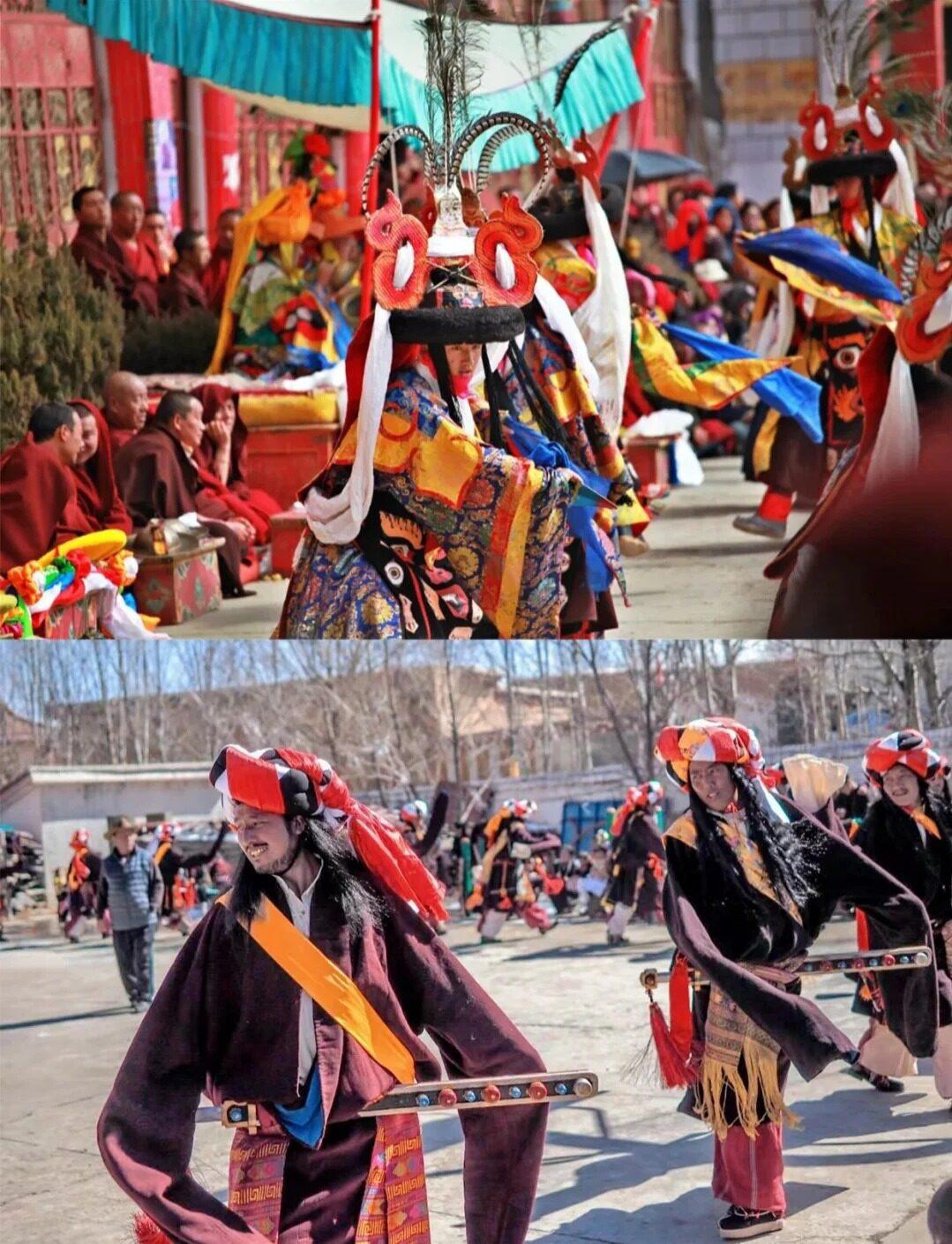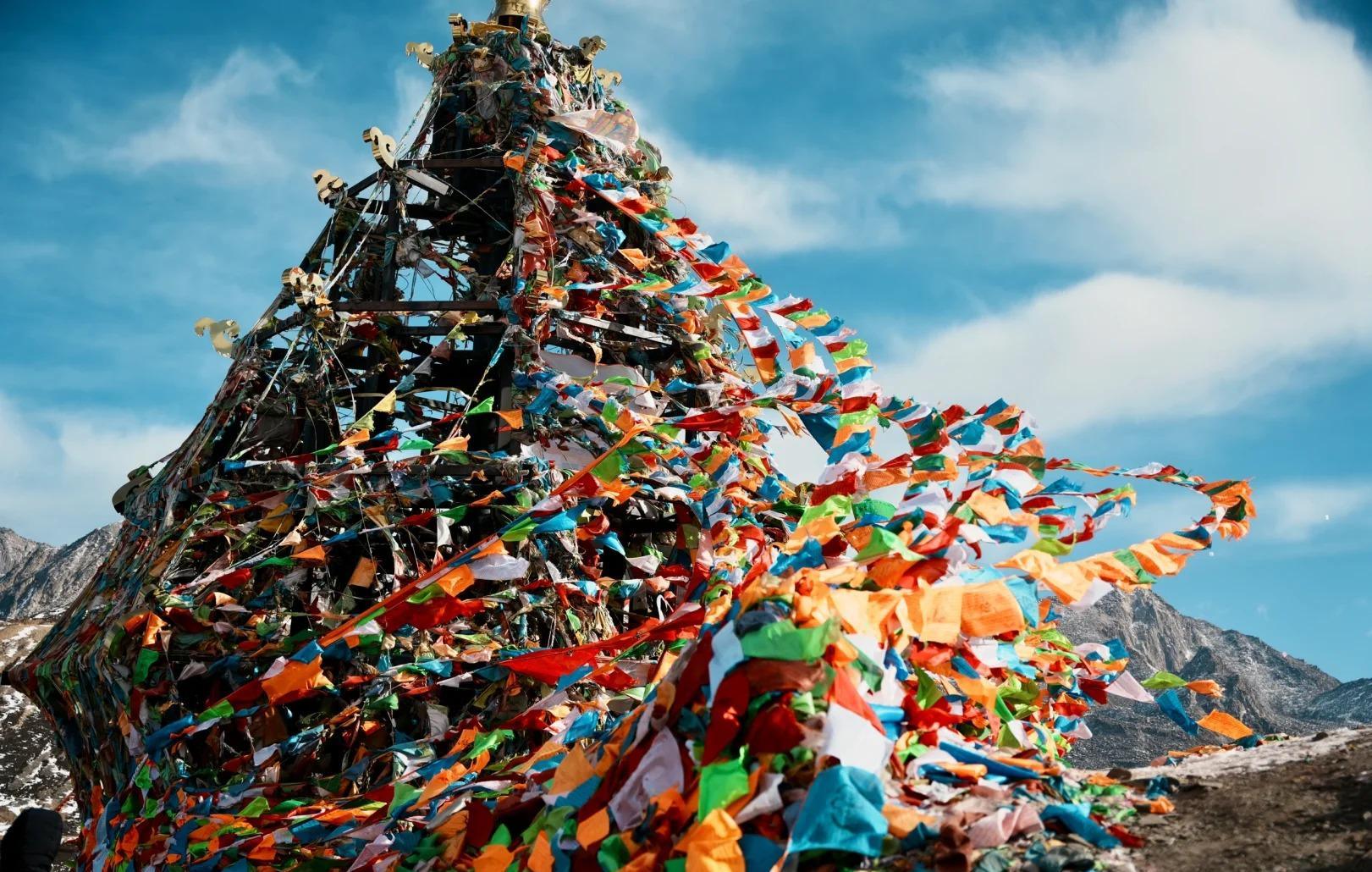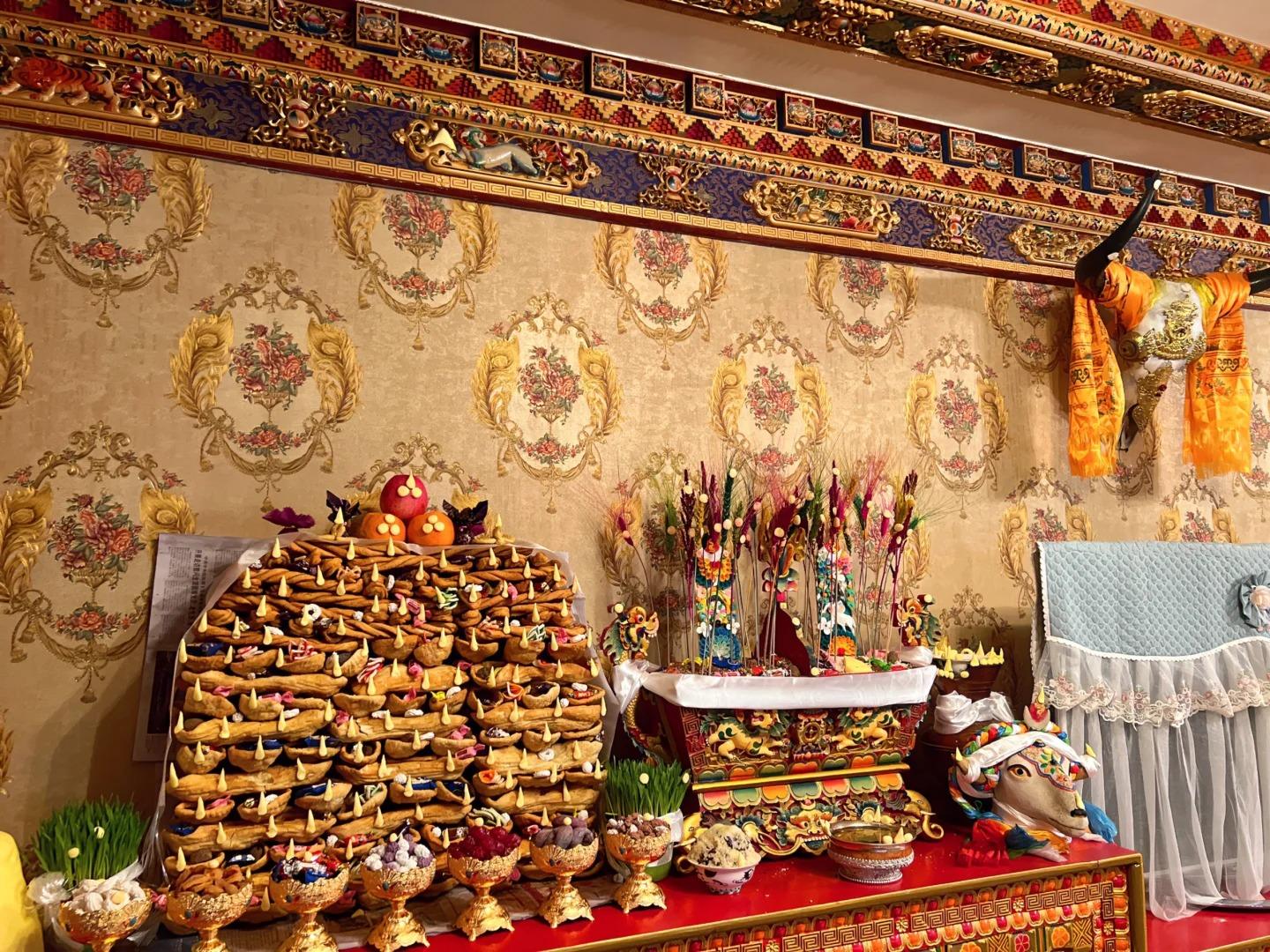Introduction to Losar
Losar, the Tibetan New Year, is a vibrant festival that marks the beginning of the lunar new year in the Tibetan calendar. This joyous celebration, typically falling in February or March, is the most important holiday in Tibetan culture, blending spiritual traditions with communal festivities.
Key aspects of Losar include:
- Religious ceremonies and offerings
- Family gatherings and feasts
- Community-wide celebrations and games
Rooted in ancient Bon traditions predating Buddhism, Losar has evolved over centuries, incorporating Buddhist elements while retaining its unique Tibetan character.

Pre-Losar Preparations
The lead-up to Losar is a time of intense activity and spiritual cleansing:
- Home Preparation:
- Thorough cleaning of houses
- Decorating with colorful prayer flags and auspicious symbols
- Food Preparation:
- Making khapse (deep-fried pastries)
- Brewing chang (barley beer)
- Spiritual Readiness:
- Visits to monasteries for blessings
- Gutor rituals to exorcise negative forces from the old year
These preparations create an atmosphere of renewal and positive energy for the coming year.

The Three Main Days of Losar
Losar celebrations span three days, each with its distinct focus:
| Day | Name | Primary Activities |
|---|---|---|
| 1 | Lama Losar | Religious observances, monastery visits |
| 2 | Gyalpo Losar | Family gatherings, official ceremonies |
| 3 | Choekyong Losar | Community festivities, traditional sports |
On Lama Losar, people visit monasteries and make offerings. Gyalpo Losar is for family reunions and exchanging gifts. Choekyong Losar sees communities coming together for feasts and cultural performances.
Traditional Foods and Drinks
Losar cuisine is rich in symbolism and flavor:
- Guthuk: A special noodle soup eaten on the eve of Losar, containing dough balls with hidden items predicting one’s fortune
- Khapse: Crispy, deep-fried pastries in various shapes, often stacked as decorative offerings
- Chang: Tibetan barley beer, central to festive gatherings
- Dresil: A sweet rice dish with dried fruits and nuts, symbolizing a sweet new year
These foods not only nourish the body but also carry deep cultural significance, connecting celebrants to their heritage.

Rituals and Customs
Losar is steeped in meaningful rituals:
- Chemar Offering: A wooden box filled with barley and tsampa (roasted barley flour), symbolizing good harvest and prosperity
- Tashi Delek Greetings: Exchanging wishes for good fortune
- Incense Burning: Purifying the environment and pleasing local deities
- Raising Prayer Flags: Sending blessings on the wind
Traditional games like archery and horse racing often feature in community celebrations, showcasing Tibetan cultural heritage.

Regional Variations
While core elements remain consistent, Losar celebrations vary across Tibetan regions:
- In Amdo, elaborate butter sculpture exhibitions are common
- Kham region emphasizes horse racing festivals
- Exile communities often incorporate local cultural elements
These variations reflect the adaptability of Tibetan culture while maintaining the essence of Losar traditions.

Experiencing Losar as a Traveler
For travelers, Losar offers a unique window into Tibetan culture:
Best places to witness Losar:
- Lhasa, especially around Jokhang Temple and Barkhor Street
- Tibetan areas in Sichuan, Qinghai, and Gansu provinces
- Tibetan exile communities in India, particularly Dharamsala
Etiquette tips:
- Dress modestly, especially when visiting religious sites
- Ask permission before photographing individuals or inside monasteries
- Participate respectfully in public celebrations when invited
Photography considerations:
- Be mindful of restrictions in religious settings
- Capture the vibrant colors and joyous atmosphere without intruding on private moments
Experiencing Losar provides an unforgettable insight into Tibetan spirituality, community bonds, and cultural resilience. As you witness the blend of ancient traditions and modern adaptations, you’ll gain a deeper appreciation for the rich tapestry of Tibetan culture.
Losar is more than just a new year celebration; it’s a testament to the enduring spirit of the Tibetan people. Whether you’re exploring the bustling streets of Lhasa or joining a small community gathering, Losar offers a unique opportunity to connect with one of the world’s most fascinating cultures at its most jubilant moment.






